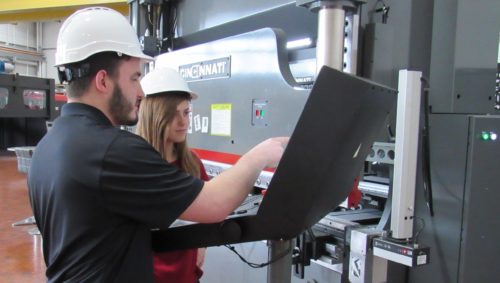ZigBee: Helping wireless find an industrial home
One technology steadily gaining in popularity was well-represented at the Embedded Systems Conference (ESC) in April: wireless networking, especially in the form of ZigBee (IEEE 802.15). The ZigBee Alliance had an eight-company pavilion and there were 21 other Alliance members scattered over the show floor.
One technology steadily gaining in popularity was well-represented at the Embedded Systems Conference (ESC) in April: wireless networking, especially in the form of ZigBee (IEEE 802.15). The ZigBee Alliance had an eight-company pavilion and there were 21 other Alliance members scattered over the show floor.
Software provider AirBee Wireless conducted a demonstration with 40 different ZigBee devices from three different hardware vendors communicating with each other.
Cirronet公司显示一行ZigBee模块industrial applications, including 1 mW and 100 mW modules; gateways for Ethernet, Modbus and serial, as well as a line of industrial networking products using a proprietary protocol.
Rabbit Semiconductor has added ZigBee and WiFi modules to its line of modules, as well as development kits for its proprietary wireless network.
MaxStream showed its Xbee line of OEM RF modules for adding ZigBee functionality to products, and identified monitoring of remote systems and sensor data capture in embedded networks as potential applications.
Ember showed new products as well, mostly targeted at building and home automation.
One of AirBee’s claims to fame is that their modules can join and rejoin a network transparently; shut one off, then turn it back on and in a few seconds it’s back as if nothing had happened. AirBee vice president of sales and marketing David McCartney pointed out a common error in setting up mesh networks. Users, he says, often use standard battery-powered modules for backhaul tasks on the network. It’s a better idea, he feels, to use ac-powered devices for such jobs, simply because the heavy traffic on an Ethernet gateway, for example, will quickly drain a battery-powered unit.
Until now ZigBee has been applied mostly in building and home automation. Much of this, says Bob Heile, Ph.D., chairman of the ZigBee Alliance, can be attributed to the time needed to develop and test an installation. The Alliance is doing what it can to help by creating sets of application platforms for different markets. Industrial applications at this point account for only about 10% of ZigBee-enabled equipment sales.
A few companies are testing the industrial waters. Emerson Process Management, for example, announced in October, 2006, that it was incorporating wireless sensor networks in its PlantWeb architecture using equipment from Dust Networks for equipment monitoring.
Heile cites one area that may lead ZigBee into greater breadth of application. “ZigBee is being aggressively pursued by the energy industry as a way of providing energy management and conservation,” he says. It enables utilities to “gain access to in-building systems to shed loads and do load management and demand response and things like that.” Energy management, he continues, “ties back to all these other key markets. It ties into the industrial control space, it ties into commercial building automation, and it ties into the home market.”
www.zigbee.org
Do you have experience and expertise with the topics mentioned in this content? You should consider contributing to our CFE Media editorial team and getting the recognition you and your company deserve. Clickhereto start this process.






